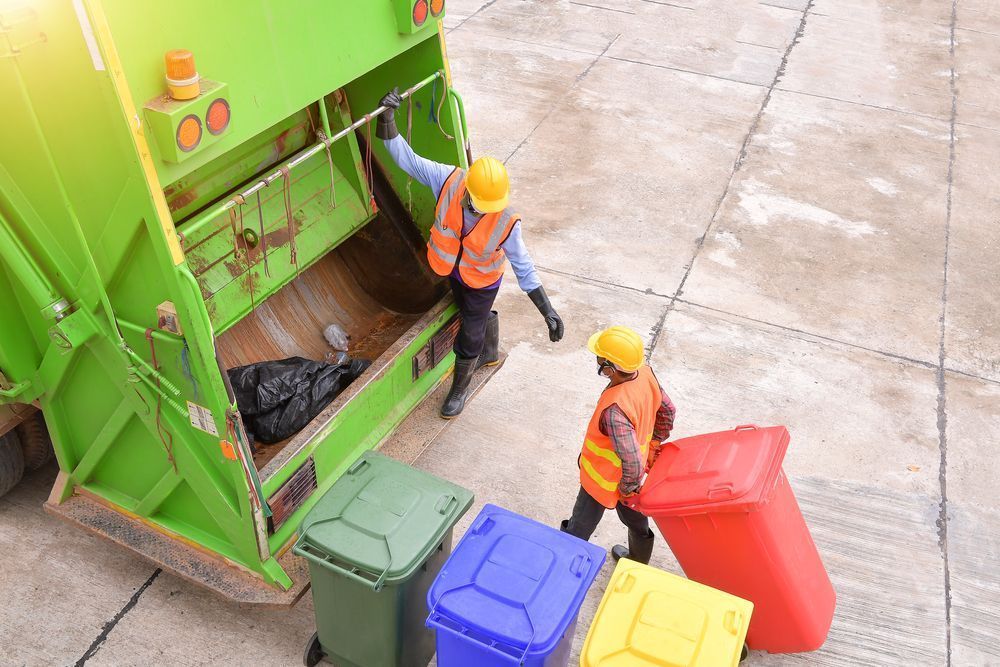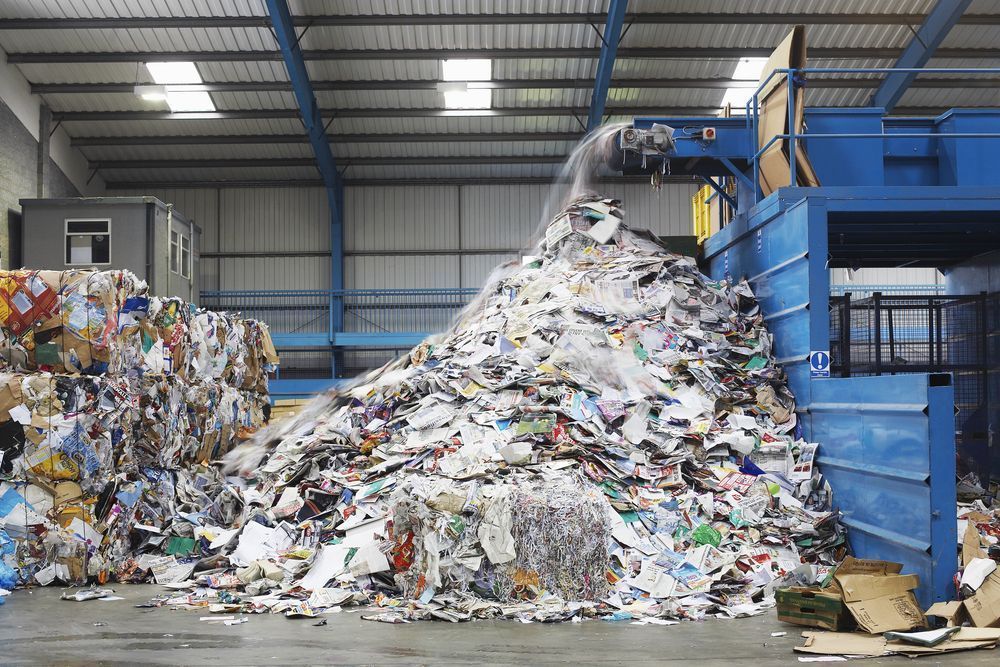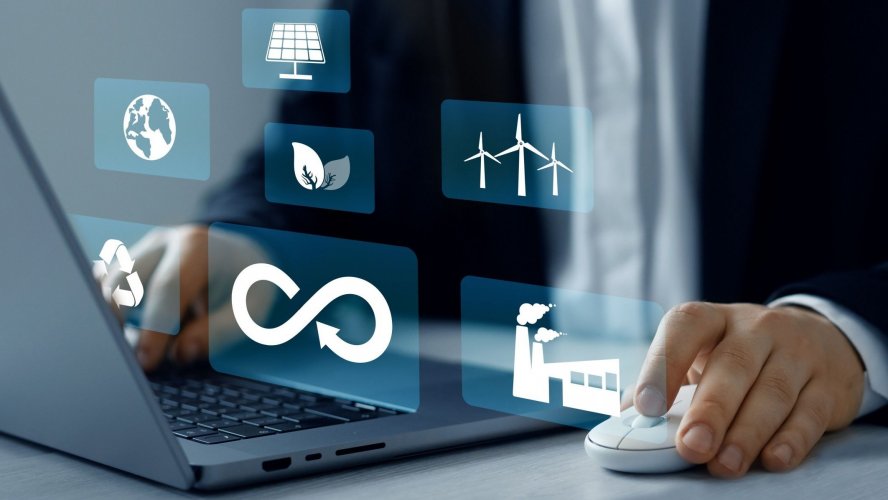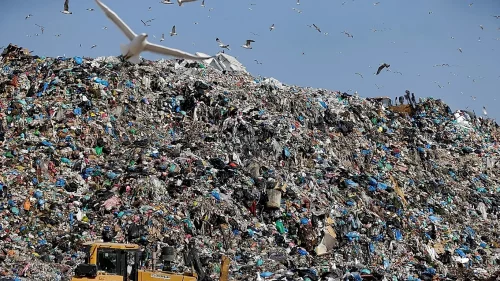Europe prides itself on being a leader in sustainable development, but when it comes to the transition to a circular economy, it is stagnant.
This opinion was expressed by Anum Sheikh, a political analyst at the Cambridge Institute for Sustainable Leadership, in a material for Euroactiv.
He believes that Europe, to achieve its ambitious goal, needs to move from linear to circular thinking and quickly develop its current advantage, while maintaining leadership in technologies, services and industries that will become the driving force behind the transition to a circular economy.
The analyst recalled that European Commission President Ursula von der Leyen emphasized the Circular Economy Act in her recent policy guidelines.
Problems of the EU in implementing the circular economy
According to Anum Sheikh, European consumption of materials is well above stable levels. This contributes to the triple global crisis: climate change, biodiversity loss and environmental pollution.
He cites the following figures: In 2022, the average material CO2 footprint per capita in the EU-27 was 14.9 tonnes – 900 kg more than in 2013, more than double the sustainable level of consumption of around 6-8 tons per capita. The EU also produces about 2.2 billion tons of waste annually, which is 4,815 kg per capita.

The analyst also drew attention to Europe's growing dependence on global imports of critical raw materials and fossil fuels. This especially applies to those materials that are necessary for the "green" transition. He cited rare earth elements for wind turbines, silicon for solar panels and lithium for batteries as examples.
Separately, Sheikh emphasized that the European Green Deal is vulnerable to geopolitical fluctuations and external shocks, as the extraction and processing of critical raw materials are geographically concentrated. He said that currently the EU receives almost all rare earth elements from China, and more than 90% of magnesium and 68% of cobalt from the Democratic Republic of Congo, 78% of lithium from Chile.
Allowing these resources to slip out of linear processes and value-added chains is an unjustified loss of value, the analyst believes.
Successes of the European Union on the way to circularity
Anum Sheikh also noted positive points:
- over the last decade, the use of resources in Europe has decreased, which is not related to economic growth;
- the amount of waste has decreased: the total volume of waste per capita in the EU decreased by 4.2% between 2010 and 2020;
- the rate of waste recycling in the EU is at the level of 11.6%, which is higher than in most regions of the world.
- thanks to political leadership, the EU has a technological advantage over foreign competitors in important value chains such as heavy industry, textiles and construction.

However, resource use and waste generation decreased by less than 5%; in recent years, this trend has stopped, the expert notes.
Why is progress so slow?
According to the analyst, the reasons are as follows:
- Linear thinking of consumers and business leaders. Although EU policymakers have laid the groundwork for the development of policies to promote the development of the circular economy, its implementation has been uneven.
The policy also suffers from a lack of clearly defined targets, resulting in limited impact at the sectoral level, particularly in high-waste sectors such as plastics and chemicals.
- Available EU funding is underutilized or ineffective. Capital flows have been redirected to "green" innovations, but not enough attention is paid to circular innovations because investors do not understand their benefits.
Market failures caused by ingrained linear thinking in consumer behavior and value chains have forced individuals and businesses into a take-make-dispose model.
“It is therefore vital that the Circular Economy Act does not treat it as just a waste management strategy or a means of obtaining critical raw materials, misrepresenting circularity and economic success as an either-or proposition, when it can be a game-changer.” – says the analyst.
He said circular economy initiatives could unlock €1 trillion in potential investment, market opportunities and CO2 reductions by 2040, and create up to 700,000 jobs by 2030.
As EcoPolitic reported earlier, AMKR helps in the construction of roads along the border with the EU according to the principle of circular economy.





